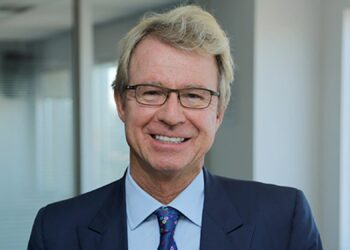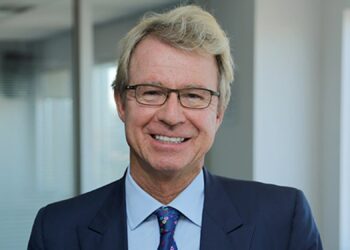Perpetual has announced a statutory net profit after tax (NPAT) of $26.7 million and an underlying net profit after tax of $67.6 million for the 2012 financial year.
Perpetual said the figures are at the "upper end" of the guidance range provided in June at the announcement of the group's transition strategy, adding that statutory NPAT had been affected by expenses associated with cost reduction and transformation programs.
The group had announced NPAT of $62 million the previous year and $90.5 million in the 2010 financial year.
While noting the impacts of weak markets on the group's financial results, chief executive and managing director Geoff Lloyd said the group does "not intend to wait for markets to turn".
He pointed to a "significant" cost reduction during the period and said the group continues to work on driving growth.
The Transformation 2015 strategy that was announced in June is making good progress, he added.
Funds under management at Perpetual Investments fell 17 per cent, from $27.2 billion to $22.6 billion, in a year that saw the closure of its Dublin-based international share funds capability.
There was also a $33.2 million expense reduction, resulting in profit before tax (PBT) for Perpetual Investments of $72 million.
PBT at Perpetual Private dropped $5 million to $8.3 million in a period that featured the launch of its Super Wrap product.
PBT at Corporate Trust fell $4.1 million to $17.4 million, which the group said was mainly due to continued decline in revenue sourced by its Trust and Fund Services business from the residential mortgage backed securities market, which remained largely closed in the 2012 financial year.




